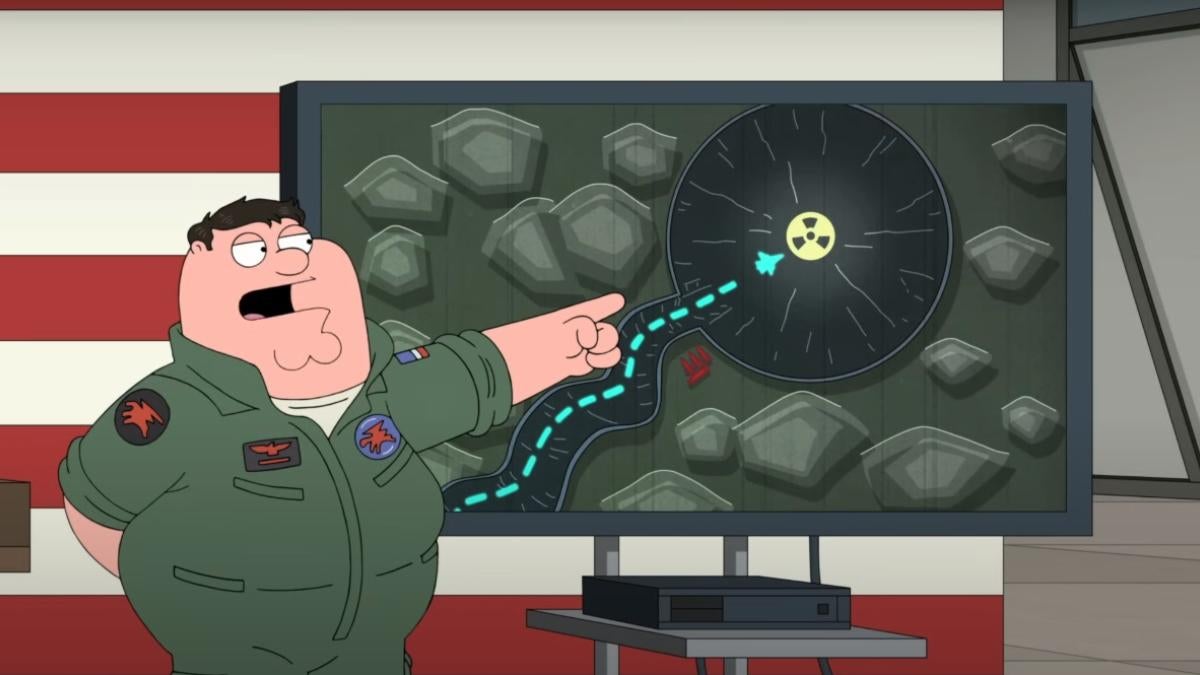On 'The Death of Superman' and Its Aftermath, Twenty-Five Years Later
Twenty-five years ago yesterday, DC Comics released Superman #75, 'The Death of Superman,' and [...]
Twenty-five years ago yesterday, DC Comics released Superman #75, "The Death of Superman," and Justice League America #70, the prologue to the death's follow-up event, "Funeral For A Friend."
While Superman #75 has remained etched in memory as the actual death, a massive best-seller that kicked off a phenomenon, and of course its infamous "black bagged" edition which came with a memorial armband, poster, Daily Planet obituary and more, those involved have said for years that the most important element of the story was "Funeral For a Friend," which detailed, as its tagline sold it, a "world without Superman."
"The actual Death of Superman, the story that led up to his death, wasn't as important, and wasn't as strong, as what happened after he died," said longtime Wizard magazine staffer Brian Cunningham, who now works at DC, editing comics like Doomsday Clock, in a documentary film attached to the DVD release of the animated film Superman: Doomsday. "What the creators and the editors of the Superman books accomplished in the months following is really a testament to how they ran with the ball of treating Superman as though he really was dead."
"First and foremost, the story is about Superman," Roger Stern -- who at the time wrote Action Comics -- told ComicBook.com five years ago. "People like the very idea of Superman. And the story of Superman's death and resurrection resonates with people…in a 'you don't know what you've got till it's gone' way."
That, on some level, was the emotional core of the story, and it was something that worked better in the era it was published than it arguably could have or would have before or since. At the time, Superman's supporting cast was vibrant, diverse, and a significant part of the ongoing stories week in and week out. Between John Byrne's post-Crisis on Infinite Earths reboot The Man of Steel and the next "soft reboot" that would happen around 2000 when there was a major creative shift in the titles, the Superman books heavily featured his human supporting cast -- and this was no accident; it was reflective of editorial philosophy on who and what Superman was.
This came from Byrne, and from those who carried on his philosophy, most especially longtime group editor Mike Carlin.
"I think before Mike and after Mike, Superman suffers from a duality of interpretations that are inherently conflicting," Jon Bogdanove, who drew nearly 100 issues of Superman: The Man of Steel with writer Louise Simonson, told ComicBook.com. "It's the whole thing of, Is Clark the man and Superman the job, or is Superman the alien the real person and Clark the disguise?"
To the post-Crisis Superman writers and artists, Clark was most definitely the man, and Superman was something he did to make the world around him better, as he had learned from his human parents.
"We were in the camp that believes that Clark is the real personality and Superman is his job, and if you are in that camp, it's the people around Superman that define him," Bogdanove explained. "If Clark is the man, then all of the people he loves are his vulnerability. In order to threaten him, all you have to do is threaten the people he cares about. Our Superman is like a good dad. He's like an average blue-collar working guy whose life it is to take care of his family and help out his community. Our Superman is that, writ large, and the way to get at Superman and to make him interesting and vulnerable, is to do that through his supporting cast."
That mentality paid off when The Death of Superman happened: the writers and artists of the day were able to publish months of stories in which the Man of Steel himself never appeared following his death at the hands of Doomsday. In the aforementioned documentary Requiem & Rebirth: Superman Lives!, Carlin put it succinctly.
"I've read a lot of comic books; I don't cry when I'm reading comic books. I certainly don't cry when I'm reading plots for comics," Carlin recalled. "But when she wrote the scene where Bibbo is in his bar and he's praying to God, saying 'Why did you take him and not me?' I get choked up. It's a great scene. It's really one of the best things ever done in a comic book, I think."
Simonson, too, got emotional recalling that same scene, and again talking about something that DC's movies utterly lacked: Jonathan and Martha Kent's emotional journey, which was aggravated by the reality that in the comics, their son was buried not as Clark Kent but as Superman.
"She can't be there; she couldn't be at the funeral even if she was there, because she's not a VIP, and nobody knows she's Superman's mom," Simonson recalled. "Finally Pa turns off the TV set and they go into the corn fields and they bury his childhood treasures in the crater where the rocket ship landed, and it isn't enough. They're both miserable not only because their son is dead, but they feel like they have no purpose, that they're no longer needed."
What makes the story something that fans are still talking about, twenty-five years later? Well, besides the obvious -- they literally just brought the Man of Steel back from the dead in this weekend's Justice League movie -- writer/artist Dan Jurgens, who worked then on Superman and now writes Action Comics, had this to say when we asked him at the twentieth anniversary.
"There are probably a number of things, starting with the fact that most everyone has actually read it," Jurgens joked. "On top of that, it touched other books. For example, without the 'Death of Superman,' Green Lantern never would have gone off on the track he did. All of that came out Coast City's destruction, which we did in Superman. The Cyborg Superman also spread out beyond that story, so that's a factor as well. It's an iconic story-- one that will endure."
Its next incarnation? A two-part animated movie that will adapt the death and return stories much more closely than Superman: Doomsday did.




